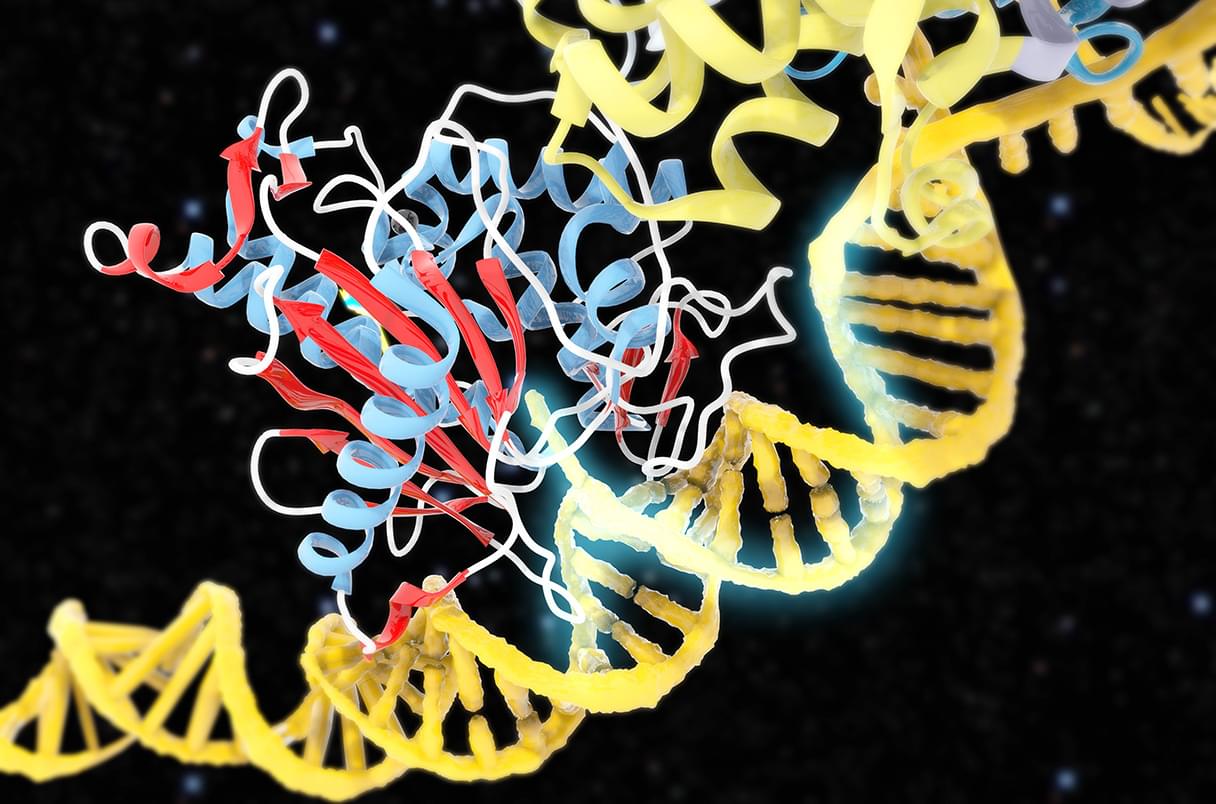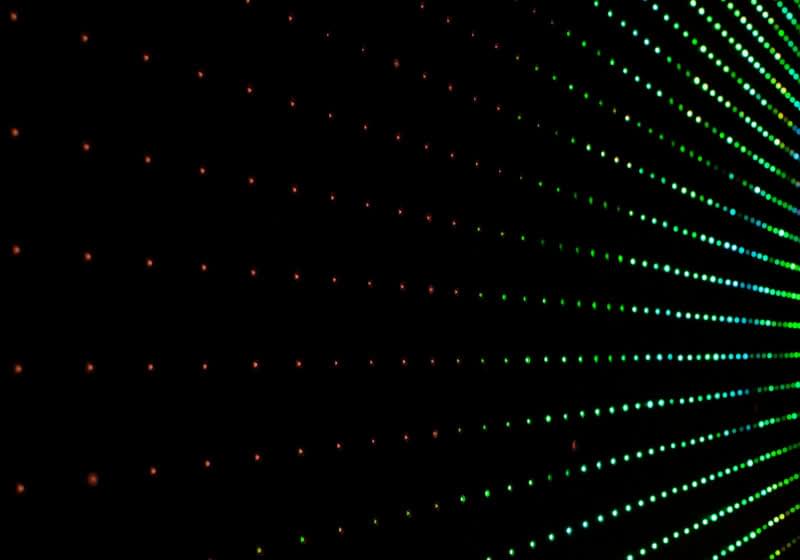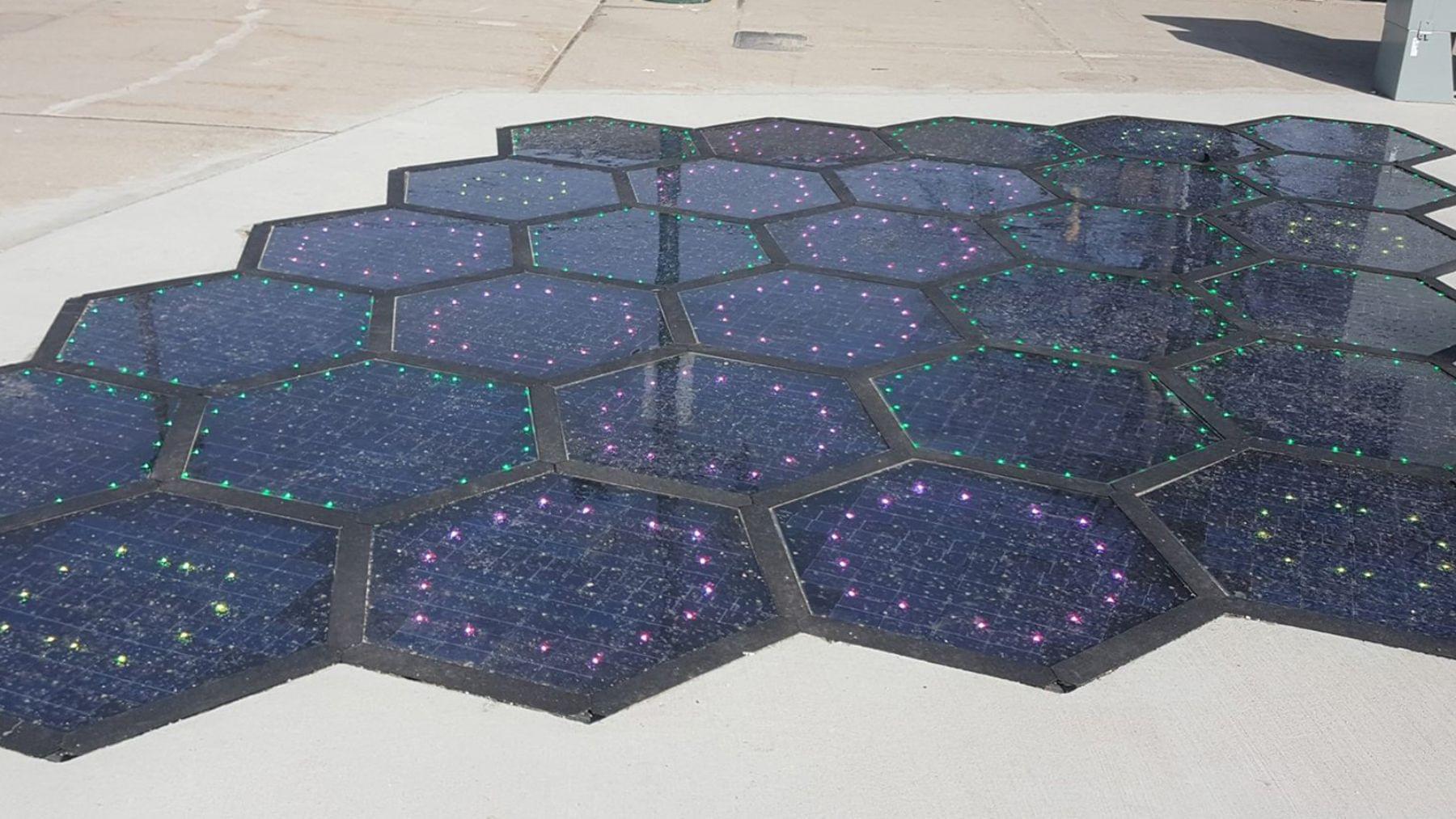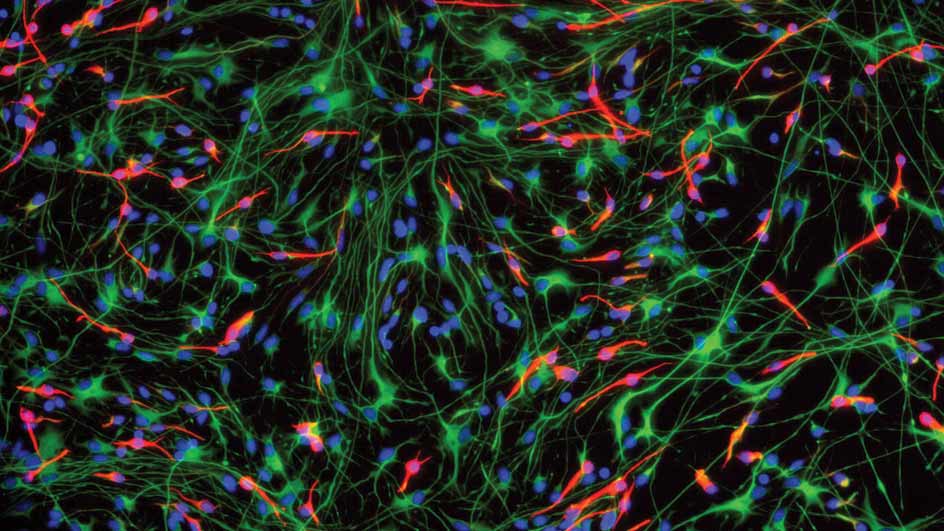A promising clinical trial marks another milestone for the CRISPR gene editor



Israeli food-tech startup Finally Foods has developed the world’s first genetically engineered potatoes containing cow-milk protein, a breakthrough that could revolutionize dairy production.
The company, part of Strauss Group’s The Kitchen food-tech incubator, is set to launch its first field trial next month in southern Israel, where the modified potatoes will be cultivated.
Once harvested, the potatoes will be processed to extract casein protein powder, a key component in dairy production. Casein, which makes up 80% of milk proteins, is essential for cheese-making and provides melting, stretching and foaming properties in dairy products.
The key to this development is an AI-powered streaming method. By decoding brain signals directly from the motor cortex – the brain’s speech control center – the AI synthesizes audible speech almost instantly.
“Our streaming approach brings the same rapid speech decoding capacity of devices like Alexa and Siri to neuroprostheses,” said Gopala Anumanchipalli, co-principal investigator of the study.
Anumanchipalli added, “Using a similar type of algorithm, we found that we could decode neural data and, for the first time, enable near-synchronous voice streaming. The result is more naturalistic, fluent speech synthesis.”

Such findings wouldn’t have been possible using the traditional resistivity approach. “We demonstrate that the magneto-thermopower detection of fractional quantum Hall states is more sensitive than resistivity measurements,” the researchers note.
“Overall, our findings reveal the unique capabilities of thermopower measurements, introducing a new platform for experimental and theoretical investigations of correlated and topological states in graphene systems, including moiré materials,” Ghahari concluded.
Hopefully, these findings will help us realize the true potential of the FQH effect. However, whether the same approach could be used to detect other exotic quantum states remains to be explored through further research.

These nano-PeLEDs feature pixel lengths as small as 90 nanometers, enabling an unprecedented pixel density of 127,000 pixels per inch (PPI). For comparison, a typical 27-inch 4K gaming monitor has a pixel density of just 163 PPI.
“Making electronic devices smaller is an everlasting pursuit for scientists and engineers,” said Professor Di Dawei, Deputy Director of the International Research Center for Advanced Photonics at Zhejiang University.
He explained that while micro-LEDs based on III-V semiconductors are considered state-of-the-art, their efficiency drops sharply when pixel sizes fall below 10 micrometers – a limitation that has hindered their use in ultra-high-resolution displays.

How many human workers do you see? 🤖
“The meaningful difference,” argues Silverstein, “comes down to our lifespan. For humans, our mortality defines so much of our experience. If a human commits murder and receives a life sentence, we understand what that means: a finite number of years. But if a UI with an indefinite lifespan commits murder, what do life sentences mean? Are we talking about a regular human lifespan? 300 years? A thousand? Then there’s love and relationships. Let’s say you find your soulmate and spend a thousand years together. At some point, you may decide you had a good run and move on with someone else. The idea of not growing old with someone feels alien and upsetting. But if we were to live hundreds or thousands of years, our perceptions of relationships and identity may change fundamentally.”
“One of the best” because — in addition to having a well-crafted, suspenseful, and heartfelt narrative about love and loss — thoughtfully engages with both the technical and philosophical questions raised by its cerebral premise: Is a perfect digital copy of a person’s mind still meaningfully human? Does uploaded intelligence, which combines the processing power of a supercomputer with the emotional intelligence of a sentient being, have a competitive edge over cold, unfeeling artificial intelligence? How would uploaded intelligence compromise ethics or geopolitical strategy?
“Underrated” because was produced by — and first aired on — AMC+, a streaming service that, owing to the dominance of Netflix, HBO Max, Disney+, and Amazon Prime, has but a fraction of its competitors’ subscribers and which, motivated by losses in ad revenue, ended up canceling the show’s highly anticipated (and fully completed) second season in exchange for tax write-offs. Although has since been salvaged by Netflix, […] its troubled distribution history resulted in the show becoming a bit of a hidden gem, rather than the global hit it could have been, had it premiered on a platform with more eyeballs.
Still, the fact that managed to endure and build a steadily growing cult following is a testament to the show’s quality and cultural relevance. Although the concept of uploaded intelligence is nothing new, and has been tackled by other prominent sci-fi properties like Black Mirror and Altered Carbon, is unique in that it not only explores how this hypothetical technology would affect us on a personal level, but also explores how it might play out on a societal level. Furthermore, take is a nuanced one, rejecting both techno-pessimism and techno-optimism in favor of what series creator Craig Silverstein calls “techno-realism.”

Deep learning has become an essential part of computer vision, with deep neural networks (DNNs) excelling in predictive performance. However, they often fall short in other critical quality dimensions, such as robustness, calibration, or fairness. While existing studies have focused on a subset of these quality dimensions, none have explored a more general form of “well-behavedness” of DNNs. With this work, we address this gap by simultaneously studying nine different quality dimensions for image classification. Through a large-scale study, we provide a bird’s-eye view by analyzing 326 backbone models and how different training paradigms and model architectures affect the quality dimensions. We reveal various new insights such that (i) vision-language models exhibit high fairness on ImageNet-1k classification and strong robustness against domain changes; (ii) self-supervised learning is an effective training paradigm to improve almost all considered quality dimensions; and (iii) the training dataset size is a major driver for most of the quality dimensions. We conclude our study by introducing the QUBA score (Quality Understanding Beyond Accuracy), a novel metric that ranks models across multiple dimensions of quality, enabling tailored recommendations based on specific user needs.
